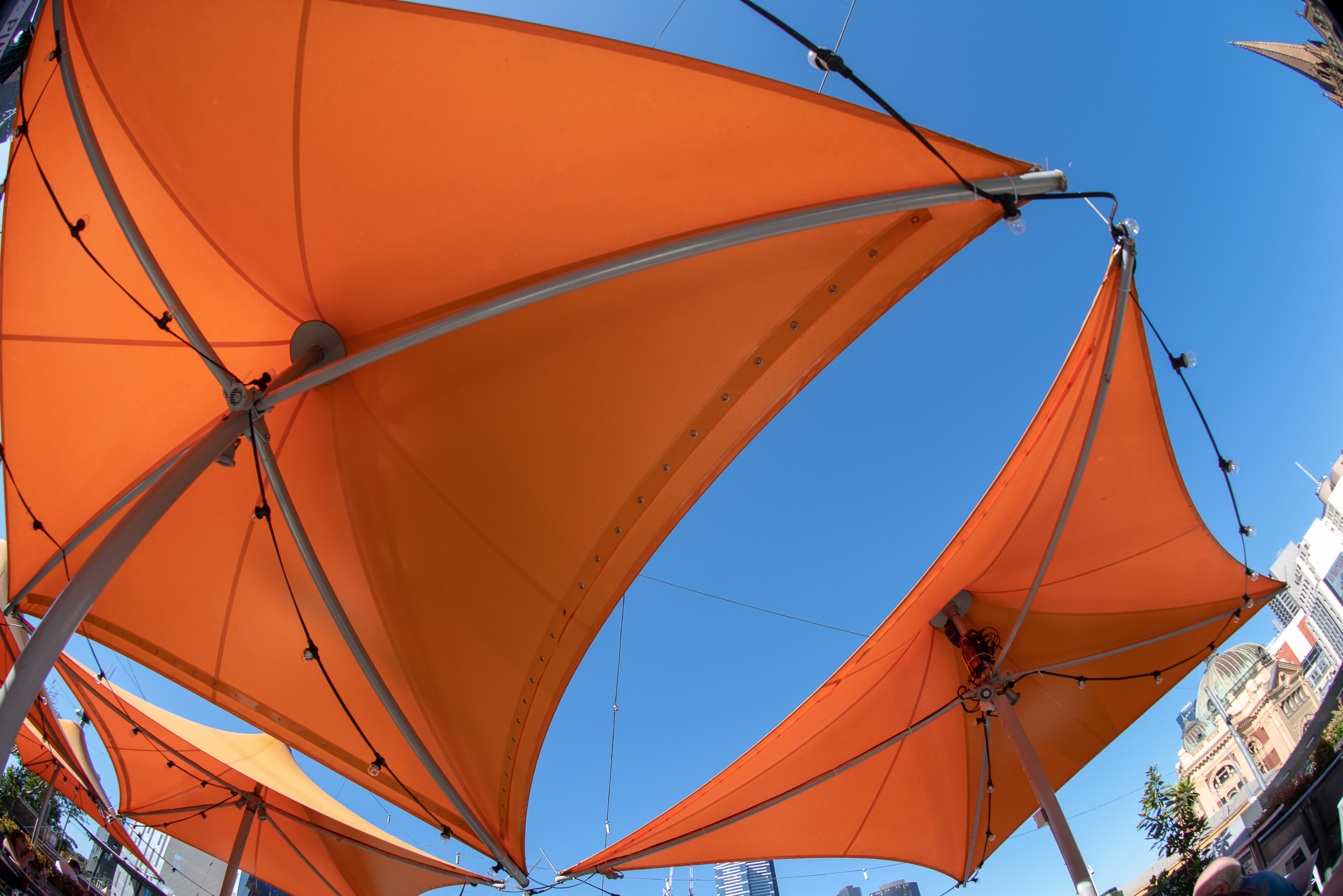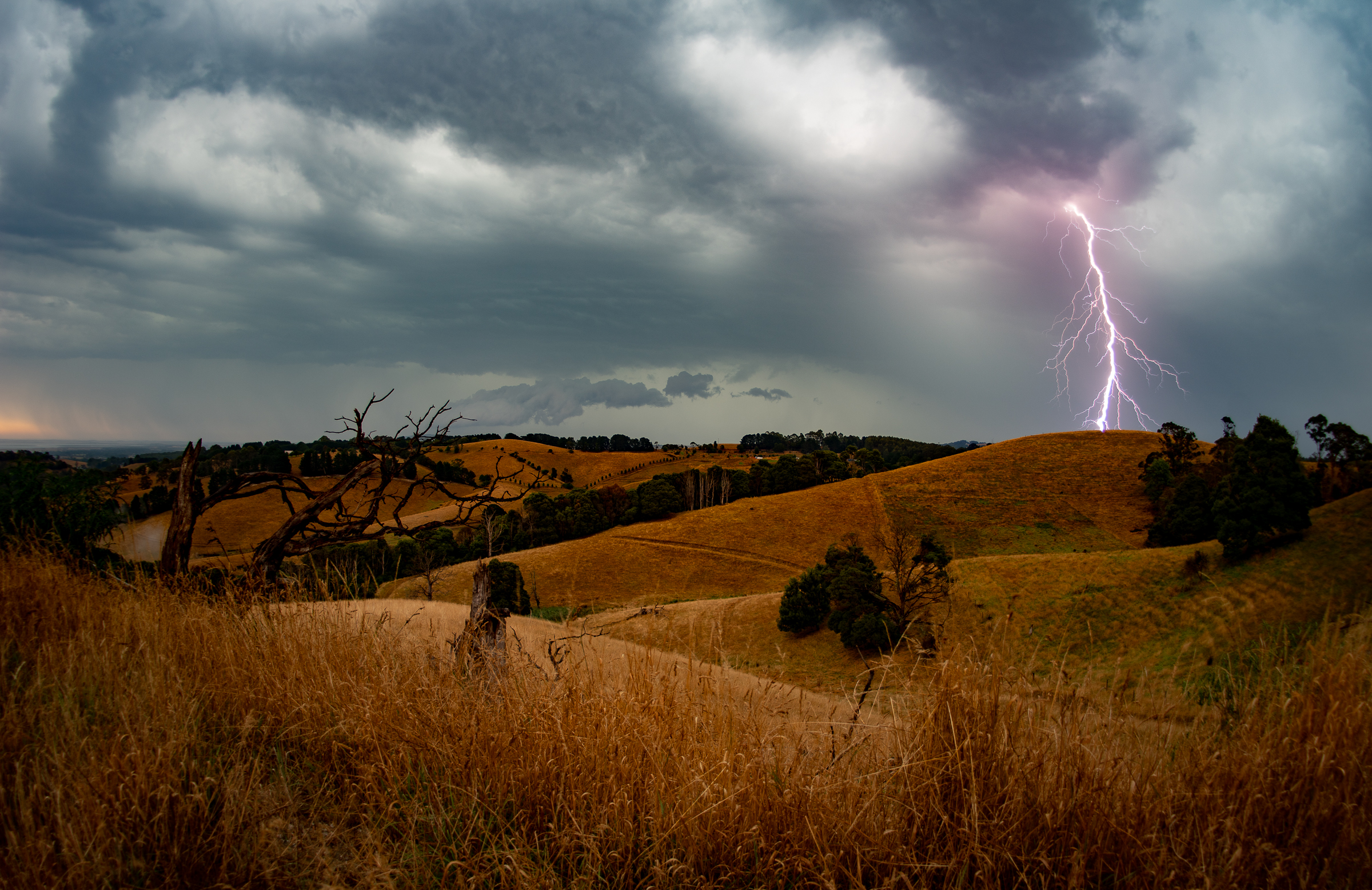 Originally posted by WPRESTO
Originally posted by WPRESTO 
V-A-V the purple color, my head runs along the following thoughts: 1) the color of light is to some extent related to temperature of the source: hotter = shorter wavelength = toward the ultra-violet end of the spectrum; 2) lightning is extremely hot; 3. very short wavelength light (ultraviolet) released by the lightning is lengthened when it passes through and is refracted by water droplets in clouds and becomes visible violet instead of invisible (to humans) ultra-violet.
I suggest an alternative explanation.
Lightning ionises the air - it is a dielectric breakdown discharge through the air.
In the process the electrons are removed from the atoms in the air and then, as they reassemble the light is emitted from the electrons falling through particular energy level steps in the quantum arrangement of electrons around the nucleus.The effect is discharges of light at specific wavelengths (same effect as the pair of yellow colours in Sodium discharge lamps or the UV discharges of mercury in mercury vapour and fluorescent lamps, which are then converted to visible in phosphors. The different elements in the air would each have their own specific colours of discharge, so lightning would illuminate the sky with combinations according tot he relative concentrations in air.
Henry Moseley, EW, killed at Gallipoli, 1915, was a major contributor to this and several other aspects of atomic physics. Remember the story from high school and there is a display related to him at the Museum of Natural History in Broad St, Oxford.


 Similar Threads
Similar Threads 















 Post #2 by khardur
Post #2 by khardur








